Ethics and French GDPR
The creation of an educational surgical video is based on medical data. Even when anonymised, detailed individual data (age, sex, pathology, place of care, etc.) can lead to the identification of the patient. It is essential to inform the patient and obtain their written consent with the precise purpose of the video before creating the educational surgical video. The following article describes GDPR in France (European Union legislation).
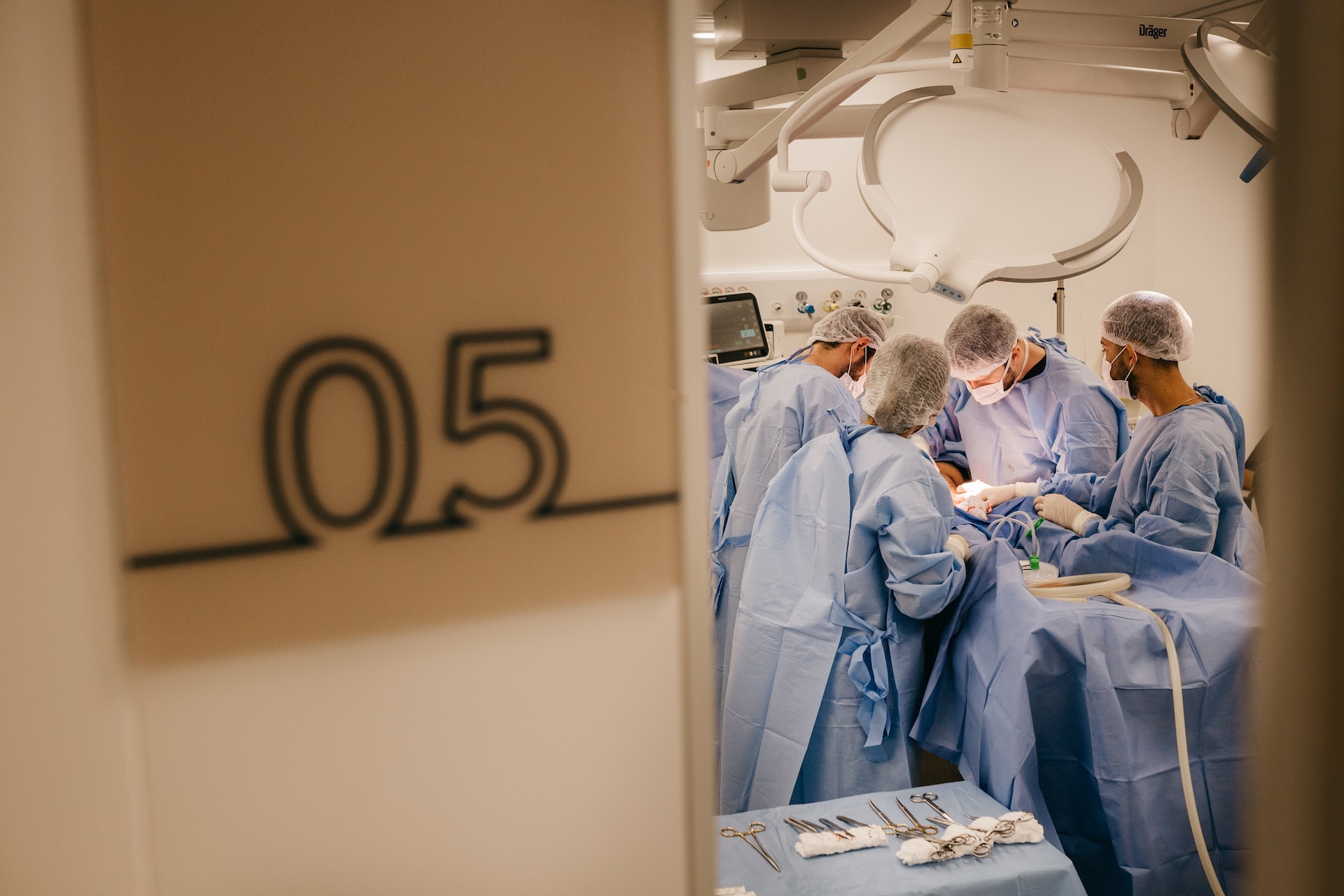
Patient privacy
The priority in an educational surgical video must be to protect the patient’s privacy and to obtain their free and informed consent.
Consent and medical confidentiality
A guide for surgeons on the proper use of audiovisual medical data in France was published on 30th March 2023 jointly by the Académie Nationale de Chirurgie and the IRCAD. This guide is available here.
Essential points before creating an educational surgical video
- Inform the patient clearly and appropriately
- Obtain the patient’s informed and signed consent (to be kept in the medical file)
- Declare the right to the image or voice of the surgeon and other health-care workers filmed
- Clarify the rights to use the videos depending on the healthcare establishment. In terms of intellectual property, the rights to the educational video may belong first to the patient, then to the healthcare establishment and finally to the surgeon.
What must the consent form contain?
You can download a standard consent form here, it must contain several mandatory elements (to abide by the EU law).
The consent form must authorise the creation of an educational video and specify the precise purpose of this video (target, audience, means of distribution).
The consent form must contain the following information:
- No obligation to sign the consent form
- Possibility of withdrawing consent at any time
- Specify the identity of the data controller
- Specify the data retention period
- Declare access and who uses the data
- Declare any data transfers outside the EU (for data obtained in France)
- Specify the prohibition to market the video
Once posted online, it is impossible to guarantee the withdrawal of personal data (particularly images or videos), which can continue to circulate freely despite the original file being deleted. This fact conflicts with the patient’s right to withdraw consent.
The author of the video must be very careful about anonymising the videos in all cases, and even more so when dealing with “fragile” populations (prisoners, the disabled) and/or special circumstances (emergencies, comas, etc.). Particular care should also be taken with videos of patients who are children, where the consent of both parents must be obtained and, if possible, that of the child. It is quite possible for a child to withdraw consent once they have become an adult.
Editing and distribution of a non-identifying surgical video
Acquisition of raw surgical video
The raw video is acquired in the operating theatre in the context of patient care. All the rules of medical confidentiality apply to this video, which at this stage contains the patient’s name and is part of the patient’s medical file.
Beware of smartphones and other personal video acquisition tools, which are not secured and are not authorised to contain patient data.
Editing and de-identifying an educational video
- Deleting meta-data*
- Blurring of identifying parts of the patient’s body: face, distinguishing marks (tattoos, piercings, etc.), voice, etc.
- Editing the video for educational purposes
- Cutting into useful sequences, deleting identifying sequences
* Metadata is “data that provides information about other data”. In fact, it is the information that is generated when technology is used and that makes it possible to place it in context (who, what, where, when and how). In the case of medical data, this often includes the location, date, patient name, identification number, hospital name, etc.
The protection of medical confidentiality is paramount for face surgery (possible identification) and live surgery (data linked to live surgery).
Adding context for educational purposes
- Narration, added diagrams, etc.
- Demographic data: age range (avoid exact age)
- History of the disease, medical history, de-identified imaging
- Identification of pathology / surgical procedure
- Identification of the operator or surgical team
Beware of the re-identification risk: add the minimal context necessary to understand the video and remain vague.
Educational surgical video broadcast
Ideally, a contract can be signed between the video platform and the healthcare establishment, which gives the best possible control over the rights of use, storage and distribution of educational surgical videos. The choice of type of broadcast should be detailed in the consent form, and the patient should be informed of any specific ethical or regulatory risks associated with the chosen type of broadcast.
Beware of broadcasting on social networks and YouTube in particular. Indeed these plateforms do not allow you to control how the data is stored or the possible transfer outside the European Union (therefore outside the jurisdiction of the GDPR). Nor do they allow you to control access or how long the video is kept.
Article reviewed by Marie-France Mamzer, Professor in ethics and forensic medicine at Université Paris Cité, ethics and forensic medicine laboratory.
Read more
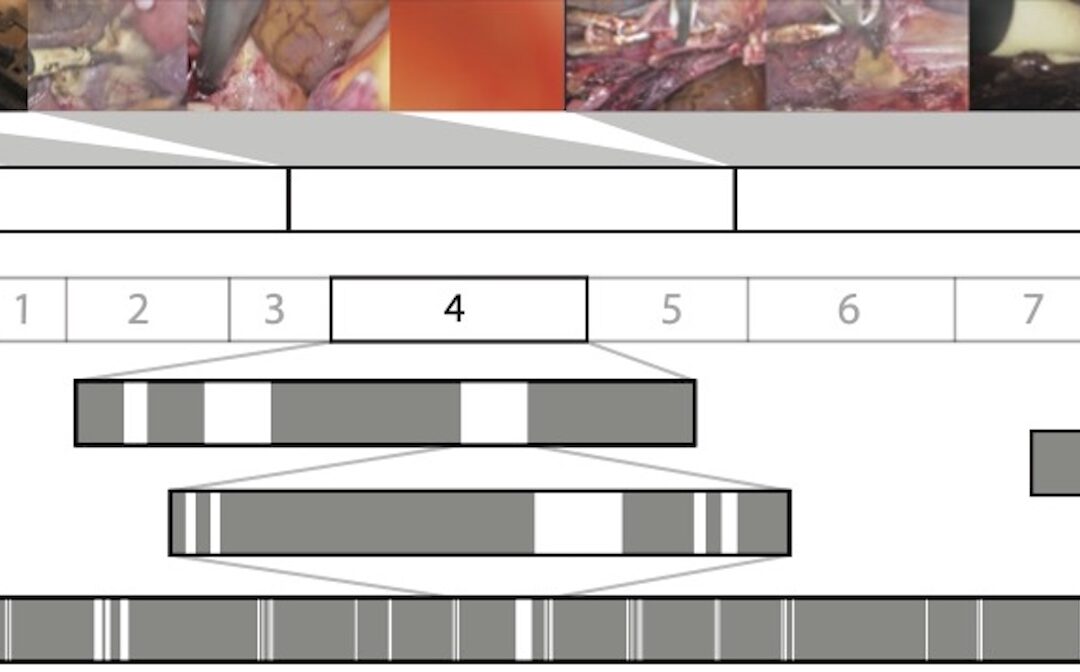
Surgical Video Summarization: Multifarious Uses, Summarization Process and Ad-Hoc Coordination
While surgical videos are valuable support material for activities around surgery, their summarization demands great amounts of time from surgeons, limiting the production of videos. Through fieldwork, we show current practices around surgical videos. First, we...
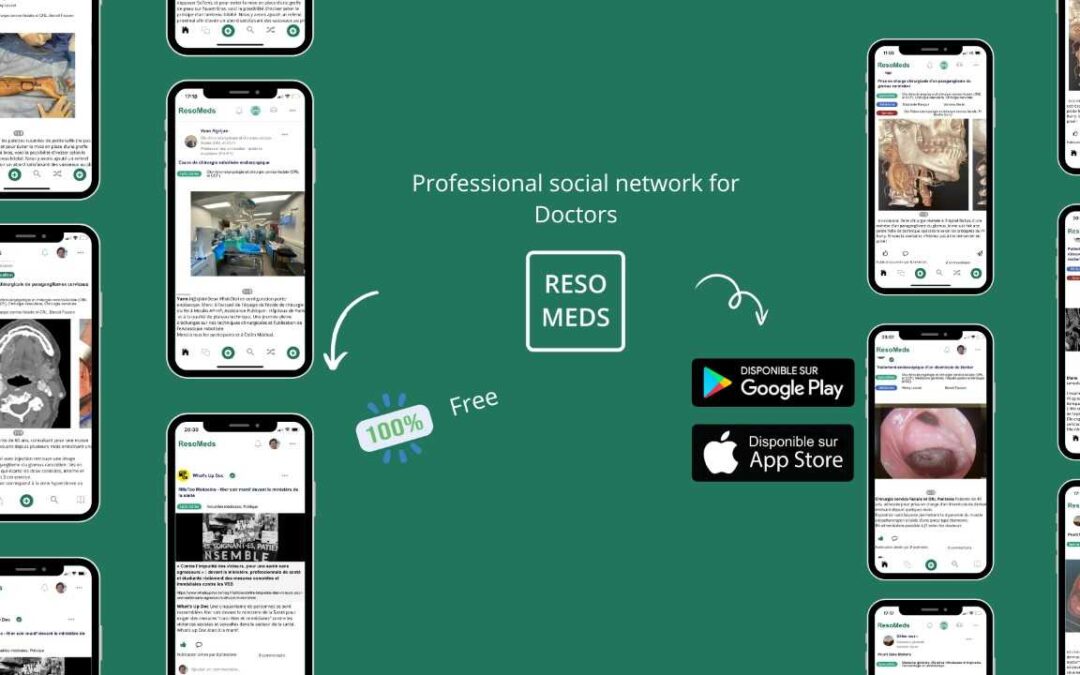
ResoMeds: a social network sharing videos
Case reports enrich medical knowledge and training, and improve practice [1-4]. However, their publication is often limited in existing journals [5]. We aim to highlight the importance of creating a platform for physician exchange to promote peer learning, case...
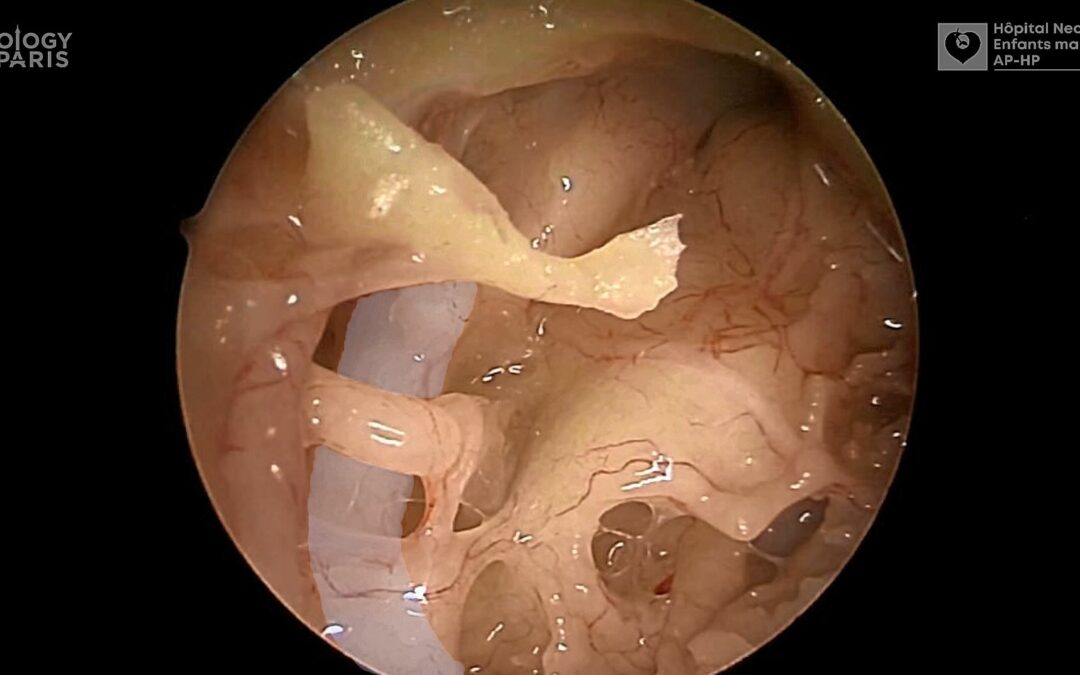
Videos improve knowledge retention of surgical anatomy
In otolaryngology, a new publication shows that an educational video improves anatomy learning and knowledge retention in the long term. This study conducted by the ENT team at Necker-Enfants Malades, APHP (Université Paris Cité) and led by Pr François Simon shows the...
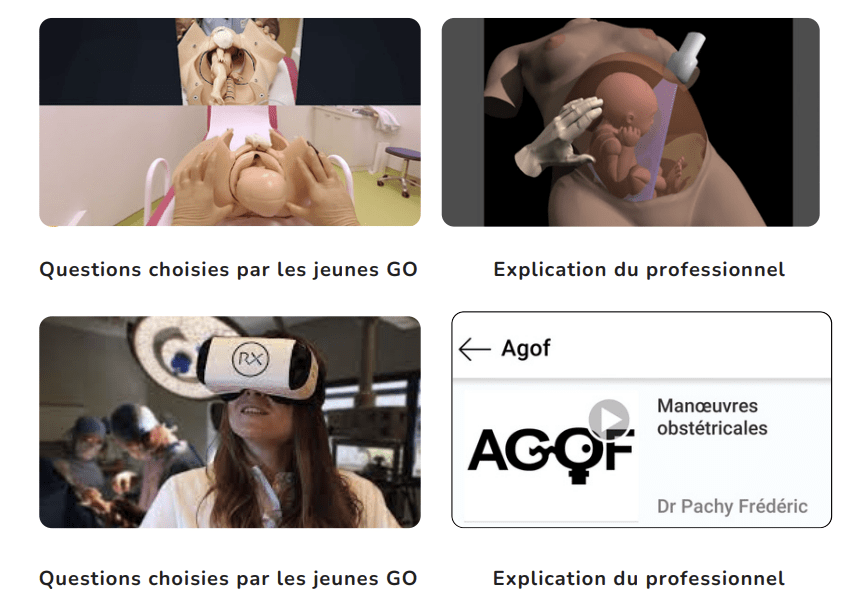
Surgical videos: using the most efficient medium. AGOF’s associative experience
In 2010, the French National Authority for Health (HAS) issued the famous slogan for apprentice surgeons: "Never perform surgery on a patient for the first time" (1). It is sometimes difficult for a young surgeon to accept that he or she has not received sufficient...
